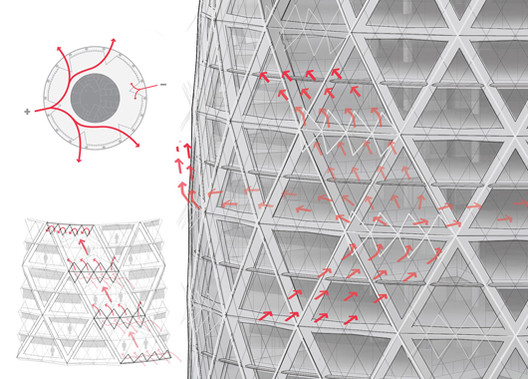
ArchDaily recently got the chance to speak to Stephen Hodder, current President of the Royal Institute of British Architects (RIBA) at his practice in Manchester. Best known as the recipient of the inaugural RIBA Stirling Prize in 1996 (for the Centenary Building), Hodder was educated at the University of Manchester's School of Architecture, he's perhaps best known as the recipient of the inaugural RIBA Stirling Prize in 1996 for the Centenary Building and was awarded an MBE for services to architecture in 1998.
Having been officially in the role for only two months, Hodder spent some time with us discussing his hopes for the next two years. Find out why he described himself as a fan of Scandinavians and prog-rock after the break...





















